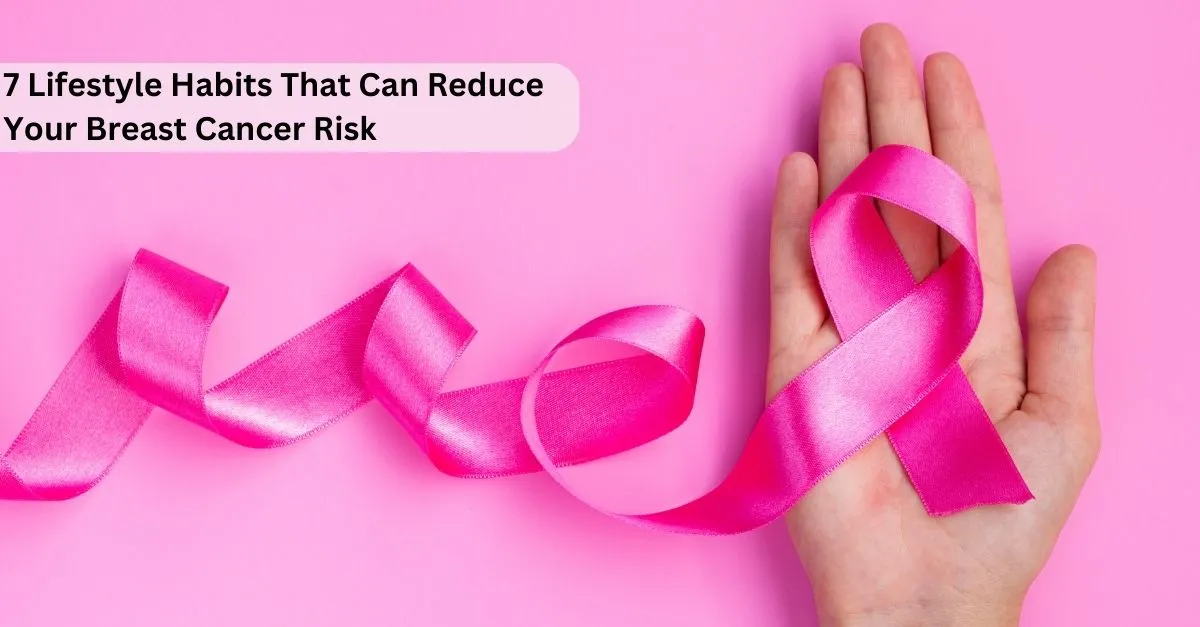Breast cancer incidence is a critical topic that demands attention and awareness. Understanding the prevalence and occurrence of breast cancer is crucial for effective prevention, diagnosis, and treatment strategies.
Breast cancer incidence refers to the number of new cases of breast cancer diagnosed within a specific population during a given period. It serves as an important indicator of the burden of this disease on individuals and society as a whole.
According to recent studies, breast cancer remains one of the most common cancers globally, affecting millions of women each year. The incidence rates can vary across different regions and populations due to various factors such as age, genetic predisposition, lifestyle choices, and access to healthcare.
By examining breast cancer incidence rates over time, researchers can identify trends and patterns that help in understanding risk factors, developing screening guidelines, and implementing targeted interventions. This data also aids healthcare professionals in estimating the demand for resources and planning appropriate healthcare services.
Raising awareness about breast cancer incidence is essential for promoting early detection through regular screenings and self-examinations. It empowers individuals to recognize potential symptoms or changes in their breasts that warrant further medical attention.
Through ongoing research efforts and advancements in technology, we strive to improve our understanding of breast cancer incidence. By working together towards prevention strategies, early detection methods, and innovative treatments, we can make significant progress in reducing the impact of this disease on individuals' lives.
Risk Factors of Breast Cancer
Understanding the risk factors associated with breast cancer is crucial in promoting early detection and prevention. By identifying these factors, individuals can take proactive steps to reduce their risk and prioritize their health.
Several well-established risk factors contribute to the development of breast cancer. Age is one such factor, as the likelihood of developing breast cancer increases with age. Additionally, a personal or family history of breast cancer can significantly elevate an individual's risk. Genetic mutations, such as BRCA1 and BRCA2 gene mutations, also play a role in increasing susceptibility.

If you have concerns about your breast cancer risk, it's best to consult with a breast cancer specialist who can assess your individual risk factors
Other factors that may contribute to the risk of developing breast cancer include hormonal influences, such as early menstruation or late menopause, hormone therapy use, and certain reproductive factors like having children later in life or never having given birth.
Lifestyle choices can also impact an individual's susceptibility to breast cancer. Obesity, excessive alcohol consumption, sedentary behavior, and smoking are all known modifiable risk factors that can be addressed through healthy lifestyle changes.
It is important to note that while these risk factors may increase the likelihood of developing breast cancer, they do not guarantee its occurrence. Conversely, individuals without any identified risk factors may still develop breast cancer. Regular screenings and maintaining open communication with healthcare professionals are essential for early detection and timely intervention.
By understanding these risk factors and making informed decisions about our health and lifestyle choices, we can empower ourselves in the fight against breast cancer. Together with advancements in medical research and improved awareness campaigns, we move closer towards a future where this disease is prevented or detected at its earliest stages – ultimately saving lives.
7 Lifestyle Habits That Can Reduce Your Breast Cancer Risk
Lifestyle factors play a significant role in the prevention and management of breast cancer. It is important to understand that while genetics can contribute to an individual's risk of developing breast cancer, lifestyle choices can also have a profound impact on reducing that risk.
1. A healthy lifestyle is crucial in lowering the chances of developing breast cancer. Regular exercise, for example, has been shown to reduce the risk of breast cancer by helping to maintain a healthy weight and regulating hormone levels.
2. Adopting a balanced diet rich in fruits, vegetables, whole grains, and lean proteins can provide essential nutrients and antioxidants that support overall health and potentially reduce the risk of breast cancer.
3. Limiting alcohol consumption is another important lifestyle factor when it comes to breast cancer prevention. Studies have consistently shown that excessive alcohol intake increases the risk of developing breast cancer. Therefore, it is recommended to consume alcohol in moderation or avoid it altogether.
4. Avoiding tobacco products is essential not only for reducing the risk of various cancers but also for overall health and well-being. Smoking has been linked to an increased risk of developing several types of cancers, including breast cancer.
5. Maintaining a healthy body weight is crucial as obesity has been associated with an increased risk of postmenopausal breast cancer. Engaging in regular physical activity and following a nutritious diet can help achieve and maintain a healthy weight.
6. Breastfeeding plays a crucial role in both the prevention and detection of breast cancer. Research has shown that women who breastfeed their babies have a reduced risk of developing breast cancer compared to those who do not breastfeed. During breastfeeding, the body undergoes hormonal changes that help protect against the development of abnormal cells in the breast tissue. This natural process helps to lower estrogen levels, which can contribute to the growth of certain types of breast cancer.
7. Breast self-examination involves a simple yet effective process that can be done at home. It allows individuals to become familiar with the normal look and feel of their breasts, making it easier to identify any changes that may occur. Regular self-examinations can help detect potential signs of breast cancer, such as lumps, changes in size or shape, nipple discharge, or skin dimpling. While not all changes are indicative of breast cancer, being proactive and vigilant about self-examinations can significantly increase the chances of early detection.
If you have concerns about your breast cancer risk, it's best to consult with a breast cancer specialist who can assess your individual risk factors
By incorporating these positive lifestyle factors into our daily routines, we can take proactive steps toward reducing our risk of developing breast cancer. It's important to remember that while these lifestyle choices cannot guarantee complete immunity from this disease, they do contribute significantly to overall health and well-being while potentially lowering the risks associated with breast cancer.
Related Blog Articles:
1. Mammograms: What You Need to Know About Early Screening
2. HPV Vaccine: A Powerful Tool in Preventing Cervical Cancer
3. Hereditary Factors and Breast Cancer: When to Consider Genetic Testing
.webp)














